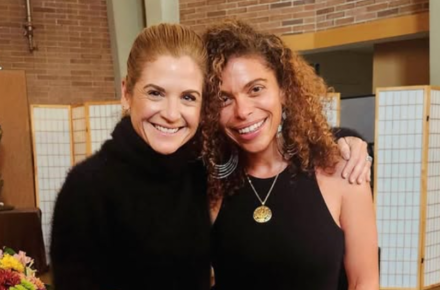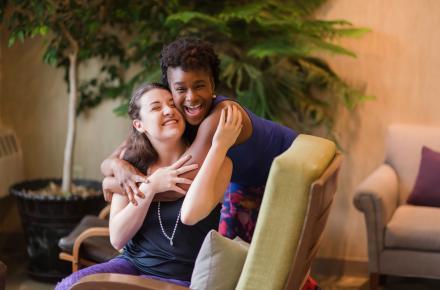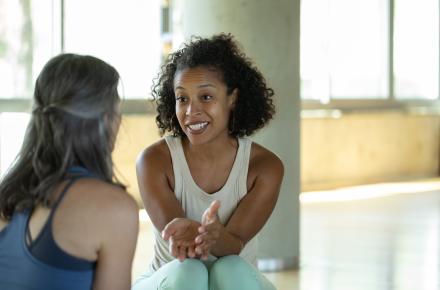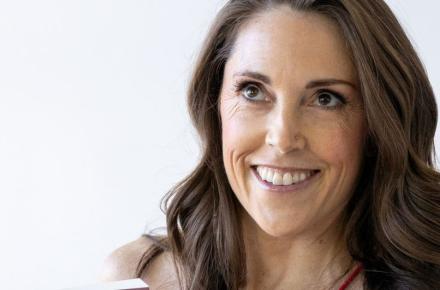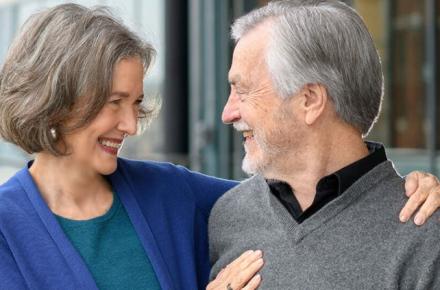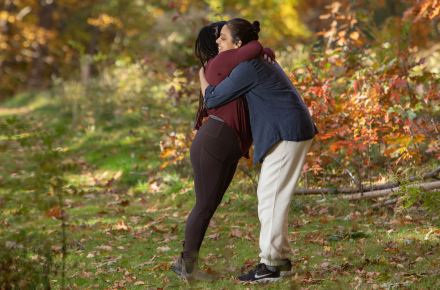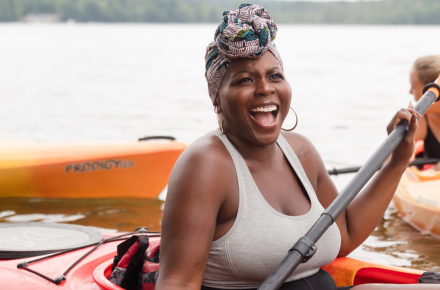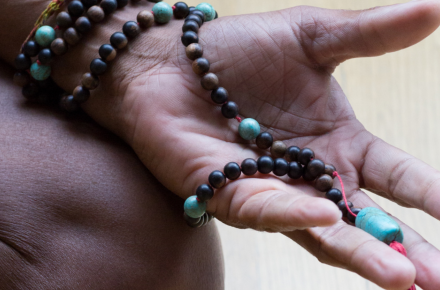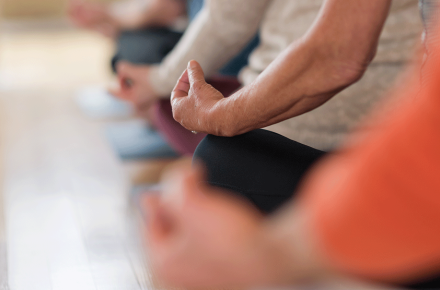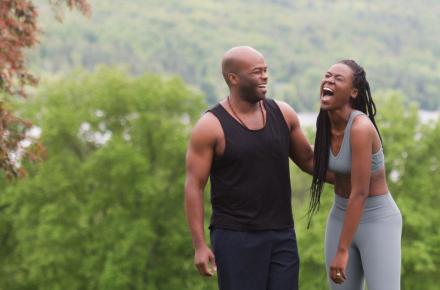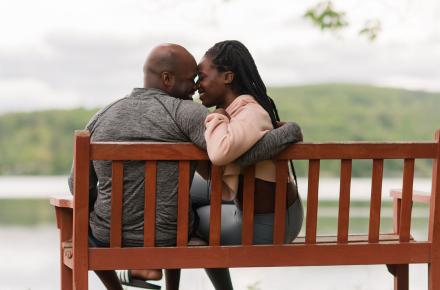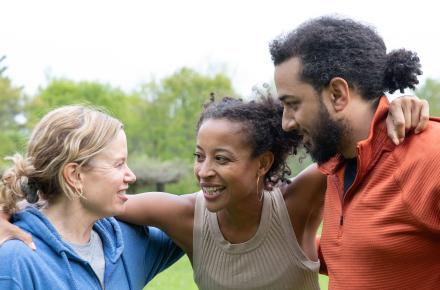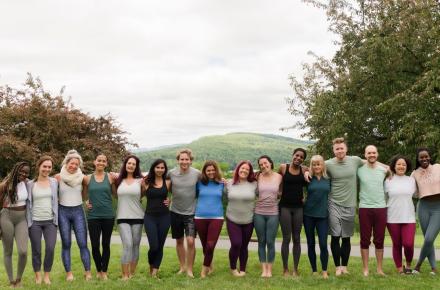Seven Ways to Build a Stronger Romantic Relationship

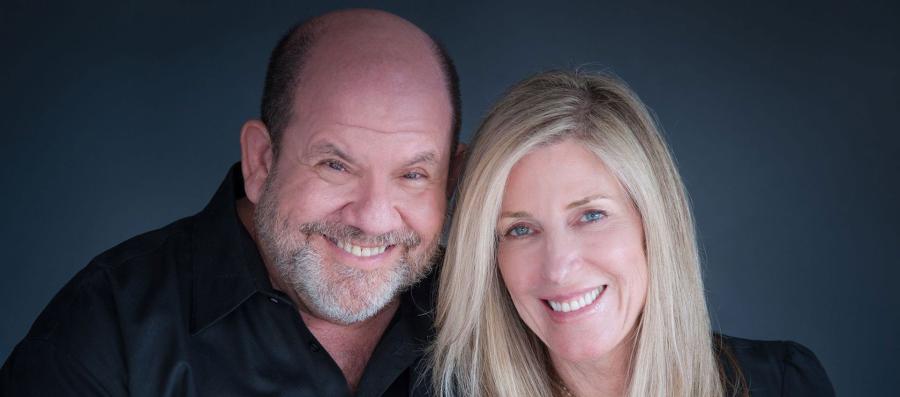
For 18 years, I was in a committed romantic relationship with a man who eventually became my husband. I never left his side when he was hospitalized for a brain tumor in our mid-20s. And he was equally tethered to me. When I was feeling increasingly exhausted by the frenetic energy of our life in Manhattan, he followed my lead, packed up our one-bedroom Greenwich Village apartment, and moved with me to Vermont. After all, we were a team—our relationship was priority number one. It still boggles my mind sometimes that the safe haven we created with one another ultimately fractured and culminated in divorce. How could two people who loved each other so deeply, who were so committed, ever have let one another go?
But of course, it happens all the time. Romantic relationships often start out with great love and promise, and yet so many end in anger, resentment, betrayal, bitterness, and grief.
Stan Tatkin, a couples therapist and researcher who’s authored such books as Wired for Love, Your Brain on Love, and Love and War in Intimate Relationships, says that one of the main reasons romantic relationships dissolve is the accumulation of threat.
“Two people in a couple become something called ‘primary attachment figures’ for each other,” he explains. “They become part of a memory system that goes all the way back to early childhood. And, as they start to depend on each other, fears and concerns that are not yet corrected come to the fore. People start to act and react according to memory, and as they make a series of errors compounded upon other errors without repair, this begins to accrue a sense of insecurity in the relationship.”
Another reason relationships break up, notes Stan’s wife and colleague, Tracey Boldemann-Tatkin, is that after the falling-in-love phase has passed, couples not only spend less quality time with each other, but they’re also less present with one another than when their love was fresh and new. “As you move along in the relationship,” she says, “you may not be as attentive because you think you know that person. The realities of life get in the way and you’re not carving out time just to gaze into each other’s eyes.”
“People automate each other,” Stan agrees, comparing the phenomenon to riding a bicycle. “You pay attention when you learn to ride a bike, but as soon as your body learns it, [the act of riding] goes into procedural memory. It’s automatic; you no longer think about it. The same thing happens in a love relationship. In the beginning, we’re excited, attentive, interested, and curious. But when we automate each other, we stop being that interested.”
And if couples lack a shared vision for their relationship, trouble is bound to surface in what was once paradise. “Couples have to make sure they’re pointing in the same direction,” Stan notes. “If they don’t have a sense of why they’re doing this—a shared mythology as to why they’re together—that can be a deal breaker.”
For couples who are on the same page, however, Stan and Tracey suggest these tips to help romantic relationships not only remain intact but also grow and thrive.
Learn your and your partner’s attachment styles.
Attachment styles are formed in infancy and are not about love, but about safety and security. Tracey says they’re born out of the adaptations we make to our environment as children. “There’s no shame around them,” she insists. “This is just how you adapted when you were growing up.”
According to Stan, couples bring to their relationships one of three basic attachment styles—that of islands, waves, or anchors (which generally map to the more commonly used terms: avoidant, anxious, and secure attachment).
- Islands are afraid of being trapped and having their autonomy stolen. As children, their caregivers may have been unresponsive to their needs, or they may have felt exploited by them. “They tend to be loners,” Stan explains. “They like their independence to a fault. They’re do-it-yourself people. They don’t like neediness. They may not be so good with eye contact or physical contact. And they’re addicted to their alone time. Their motto is, ‘I want you in the house, just not in my room.’”
- Waves, on the other hand, come from childhoods where they might have experienced abandonment, rejection, or punishment. The result is that they can be clinging in romantic relationships. “They don’t like a lot of space or distance,” Stan stays. “They have more reactivity to separations and reunions, and they can create their own problems by being rejecting or punishing because they’re always concerned about not being wanted or loved.”
- Anchors are the most resilient, as they’re not overly afraid of abandonment or engulfment. “They’re truly autonomous, because they’re not burdened by the predictable fears that come about when they depend on somebody,” Stan explains. “They have healthy self-worth. They take care of themselves. They expect reciprocity and fairness and they’re not as bothered by the slings and arrows of relationship stress.”
Why is it important to know your and your partner’s attachment style? Understanding your own style can help you take responsibility for some of your knee-jerk reactions, Stan says. And knowing your partner’s style can help you support them more gracefully, and be less bothered by certain behaviors.
Pay attention to facial expressions and body language.
Having examined couples’ interactions on video, frame by frame, Stan says couples act and react at lightning speed via a memory system that’s recognition-based, not thought-based. “Recognition is coming to them through several channels—words, voice, face, movements, and posture,” he explains, “and it’s not coming in as an objective reality, but is mixing with subjective memory and being looked at through that lens.”
Because of that, Tracey suggests, it’s important for couples to have difficult conversations face to face, “so they can see in real time what’s going on with their partner.” As well, slowing down to pay attention to visual cues can help us modify the way we deliver a message. “If your partner’s face starts going south,” Stan says, “you might say, ‘Did I do that thing again? Am I talking too much?’”
It’s rarely what we’re saying, but how we’re saying it that gets us into trouble. “Unless people really see themselves and start to understand their movements, how they talk, what they do, and become aware of themselves as responsible parties in transmitting something to a sensitive other,” Stan comments, “they won’t be able to circumvent or correct those big errors.”
Spend time with mentor couples.
Couples in secure-functioning partnerships provide a good role model for healthy interaction. “Find couples in your sphere who treat each other well,” Tracey notes, “the kind of couples that, when you’re out to dinner with them, you don’t want to leave.”
Repair quickly.
If people don’t fix miscommunication and misunderstandings immediately, Stan says, they’ll accrue memories. “Memory is formed by intense experience—positive or negative—that has a long duration,” he notes. “If the memory is negative, it’s in our best interest to fix it quickly because we don’t want to remember it.” Bottom line: Own up, and take responsibility for what’s yours, so you don’t leave lasting scars in your wake.
Practice morning and evening rituals.
Tracey and Stan say that morning and evening are the most vulnerable times for couples because they are often periods of separation—when partners are either heading off for the day or drifting off to sleep. Connecting at those transitional times, therefore, can enhance a couple’s sense of security.
Tracey urges couples to create a ritual of making eye contact and perhaps kissing before separating in the morning, “so they can go off for the day knowing they’re fully resourced, knowing they’re tethered to this other person.” Likewise, when partners greet at day’s end, the Welcome Home Exercise is simple but significant. “It can be less than a minute,” Tracey explains, “but you just embrace belly to belly and then, when you separate, you make eye contact. It balances out your two nervous systems and now you’re in the same spot.”
Before bed, partners might make a sexual connection, rub one another’s backs, or read a short story or poem out loud.
Seek out new experiences.
Novel experiences can soften the edges in relationships and bring excitement back if things are feeling a little stale. “Tracey and I will re-enliven ourselves by seeing beautiful sights, or being with our daughter, or doing something else that causes us to amplify excitement with each other in a way that we couldn’t do otherwise,” Stan says. “Putting new stuff in your baskets goes a long way towards balancing the net experience of conflict.”
Create a couple bubble.
One of the most important elements of secure-functioning partnerships is what Stan and Tracey call the “couple bubble,” whereby two people commit to making their relationship primary in their lives. Partners in a couple bubble are rigorously protective of one another in public and private and reassure each other daily, in small ways, that their relationship is permanent, safe, and secure.
“If you take threats to a relationship off the table, you’re in a safe sandbox together,” Tracey says. “And, if you’re in it for the duration, then you’re not constantly obsessing and thinking, ‘Is this the end?’ You have the resources to go out and conquer the world because you’re tethered to this other person. You’re not constantly auditioning to be someone’s partner.”
To that end, Stan and Tracey say both members of a couple must decide who and what is allowed into their relationship and to what extent—whether it’s a job, in-laws, a pet, even a child. “We’re the gatekeepers of those things,” Stan says. “We decide together what those third people and things are that won’t demote either of us or relegate us to being third wheels. In a bid for resources, the third element has to lose or we enter into a dangerous situation with each other.”
In a couple bubble, each partner makes the decision to put all their money on the other person. “It’s radical loyalty—devotion to something greater than yourself,” Stan says. “It’s a system based on complete trust and respect, while acknowledging that everybody has flaws and is annoying sometimes. Relationships are like fingerprints. They’re unique and can never be recreated ever again with anyone else, so they’re worth protecting.”
If partners make an effort to incorporate these suggestions, Tracey says the reward is a calmer life, one that positively affects the rest of their world as well. “Secure-functioning partnerships allow people to feel happier, be healthier, and live longer,” Stan concludes. “They have the experience of being able to trust each other with their lives. They know they represent true home to each other, so no matter where they go, no matter what the environment is like, they’re fine.”






